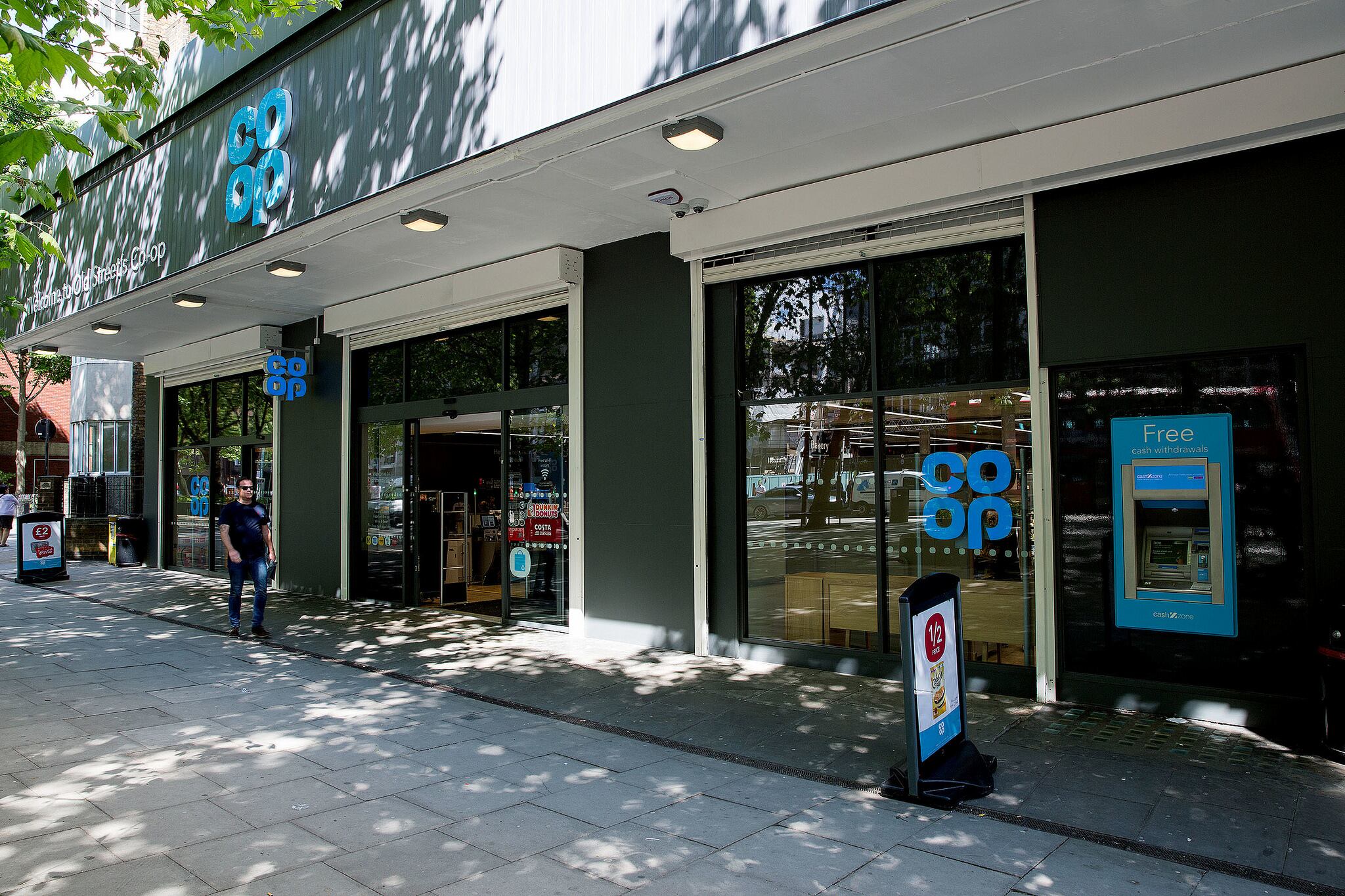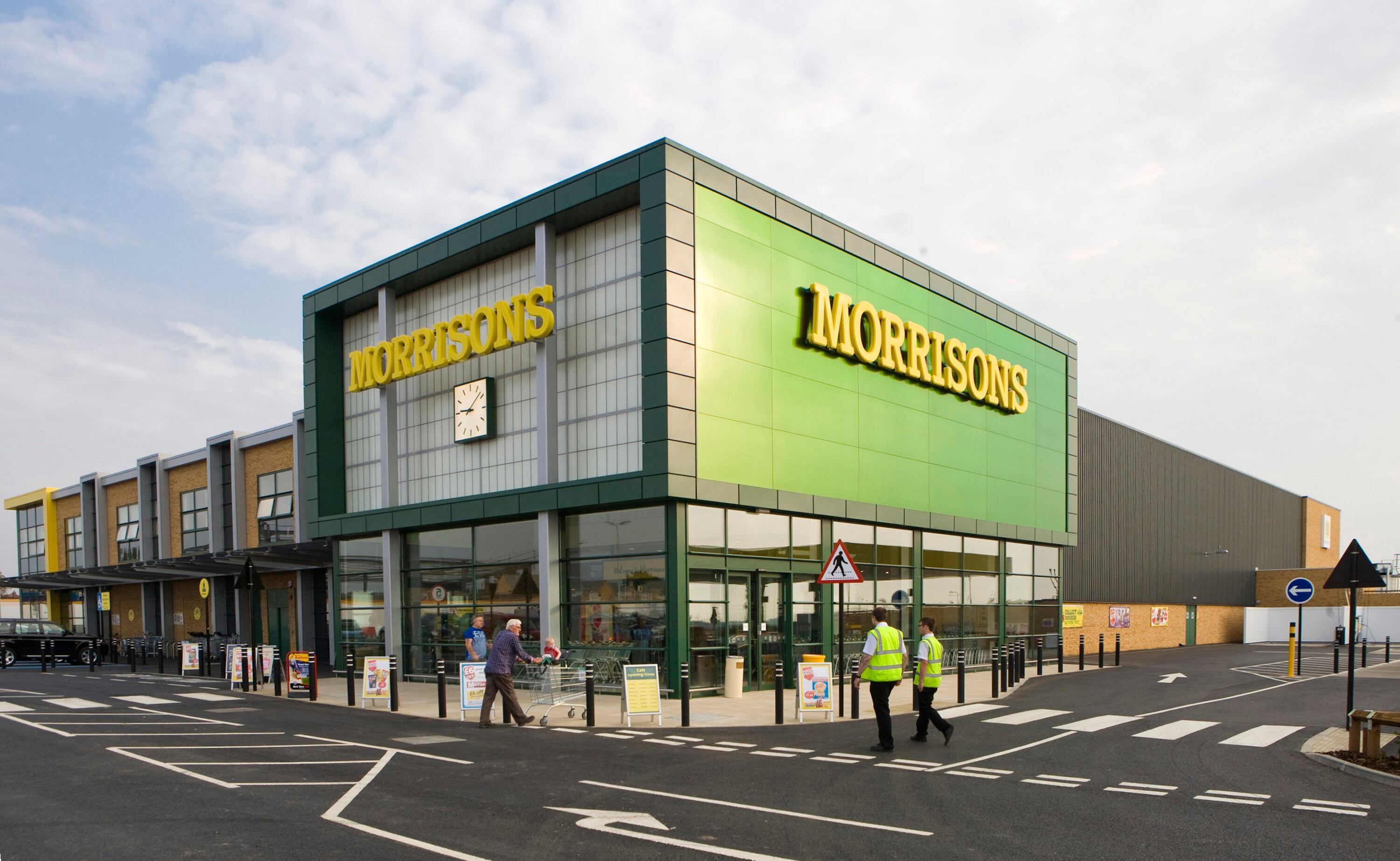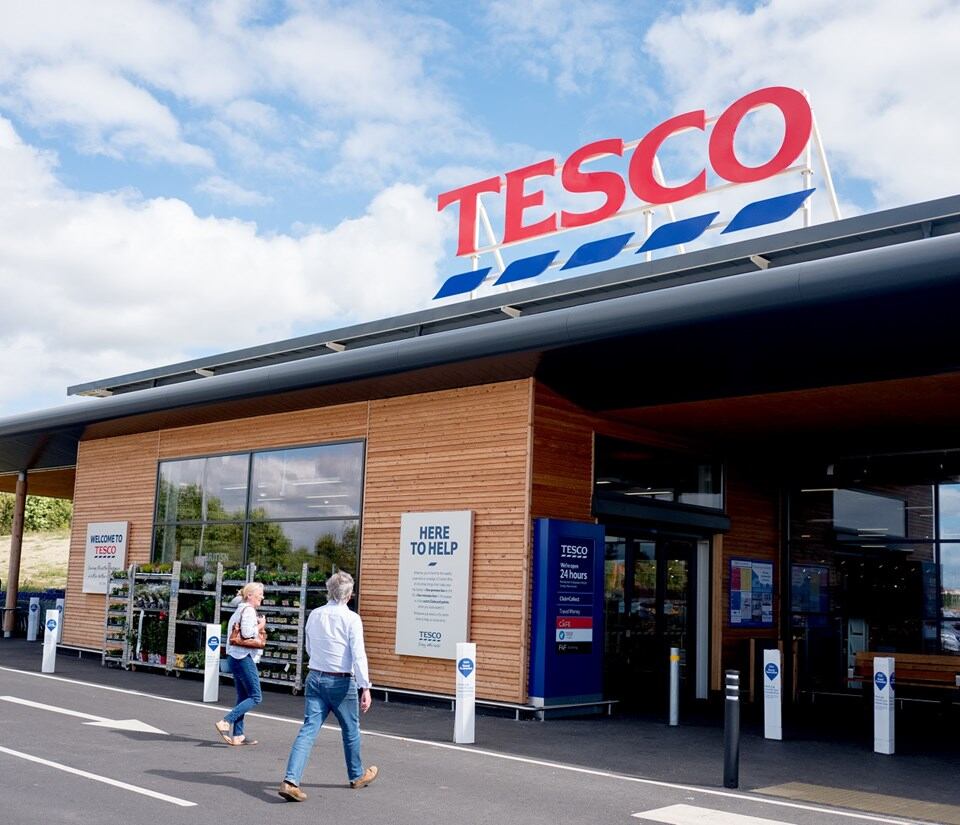The company said British take-home grocery sales to rise by 14.3% to £31.4bn in the 12 weeks to 17 May, which covers pre-lockdown stockpiling onwards.
Among bricks and mortar retailers, The Co-op achieved the largest sales growth (30.8%), powering it from a 6.1% to a 7% market share. Iceland chalked up the second biggest sales leap (28.6%). There is then a significant gap, with Tesco and Sainsbury in third and fourth place for sales increases, although in all the upheaval their market shares declined slightly. Symbol and independent stores notably cashed in with a combined sales uplift of 63.1%.
By comparison with bricks and mortar, online retailer Ocado's sales spiked by 32.5%.
“While these are bumper figures, it remains true that the overall picture for some grocers will be less positive, as supermarkets continue to feel the impact of a considerable reduction in on-the-go spend on meals, drinks and snacks," said Fraser McKevitt, head of retail and consumer insight at Kantar.
Fewer trips, increased spend
“In the most recent four weeks, the trend towards fewer, larger shops that we saw in April broadly continued. Shoppers visited the supermarket 3.5 times a week on average, meaning 100m fewer trips overall than the same month last year, and increased their spend each trip to £27.41 – nearly 50% more than they did during normal times.
“People have been working their way through their store cupboards over the past couple of months and some will now be spending a bit more on each visit to the supermarket to replenish supplies."
The greatest rise in spending had been among families with children over the age of 16 living at home, reaching £618 on average in May this year compared with £545 in the same month last year, said McKevitt. He attributed this to more people living under one roof compensating for meals not eaten at work, school or college, or while socialising with friends.
Shoppers trying to make use of delivery services when they could had boosted digital sales by 75%, according to Kantar. “Online shopping now accounts for 11.5% of all grocery sales, gaining more ground and attracting more new shoppers in 2020 than the channel has in the previous five years," McKevitt said.
Increasing online capacity
"The retailers have done a brilliant job of reacting to a sudden spike in demand by increasing their online capacity. It’s meant that nearly one in five British households ordered groceries online in the most recent four weeks, 1.6m more than this time last year. And it’s not just groceries experiencing a boom – people missing their favourite restaurants and wanting to treat themselves have pushed takeaway deliveries up by 250% year-on-year.
“While the gains made by online shopping are unlikely to be sustained at these levels, the crisis has certainly accelerated the move towards online. The grocers have attracted a new group of customers, in particular older demographics, and we expect some of them may continue using online services and enjoying the convenience that home delivery provides.”
Consumers are taking their first tentative steps out of the full lockdown, Kantar claimed. The number of people visiting bricks-and-mortar shops began to increase in the week leading up to 17 May, following the relaxation of some measures by Government on the previous Sunday.
Shoppers made the most of parks and warm weather to enjoy picnics with their households and socially distanced catch ups with one other person, helping to boost sales of chilled dips by 22%, crisps by 28% and carbonated soft drinks by 25%, during the course of the four weeks.
Biggest shopping day of month
Thursday 7 May, the day before the Friday Bank Holiday to mark 75 years since VE Day, was the biggest shopping day of the month and £488m was spent on take-home groceries. With pubs and restaurants still closed, people made the most of the sunshine at home and sales of frozen confectionery and alcohol were 40% and 50% higher than last year respectively.
Barbecue weather for many may have encouraged shoppers to spend £17m more on burgers and £24m more on sausages year-on-year.
Looking ahead, said: “Shoppers and retailers are now thinking about what the impact of a less restrictive lockdown will be, and a phased re-opening of non-essential retail and the out-of-home food and drink sector will have a significant impact on grocery sales in the coming months.
"However, with plans for reopening the hospitality sector still uncertain, we are currently projecting that extra meals, snacks and drinks consumed at home will mean take-home sales at the grocers could be up 12% over the course of 2020 as a whole.”




